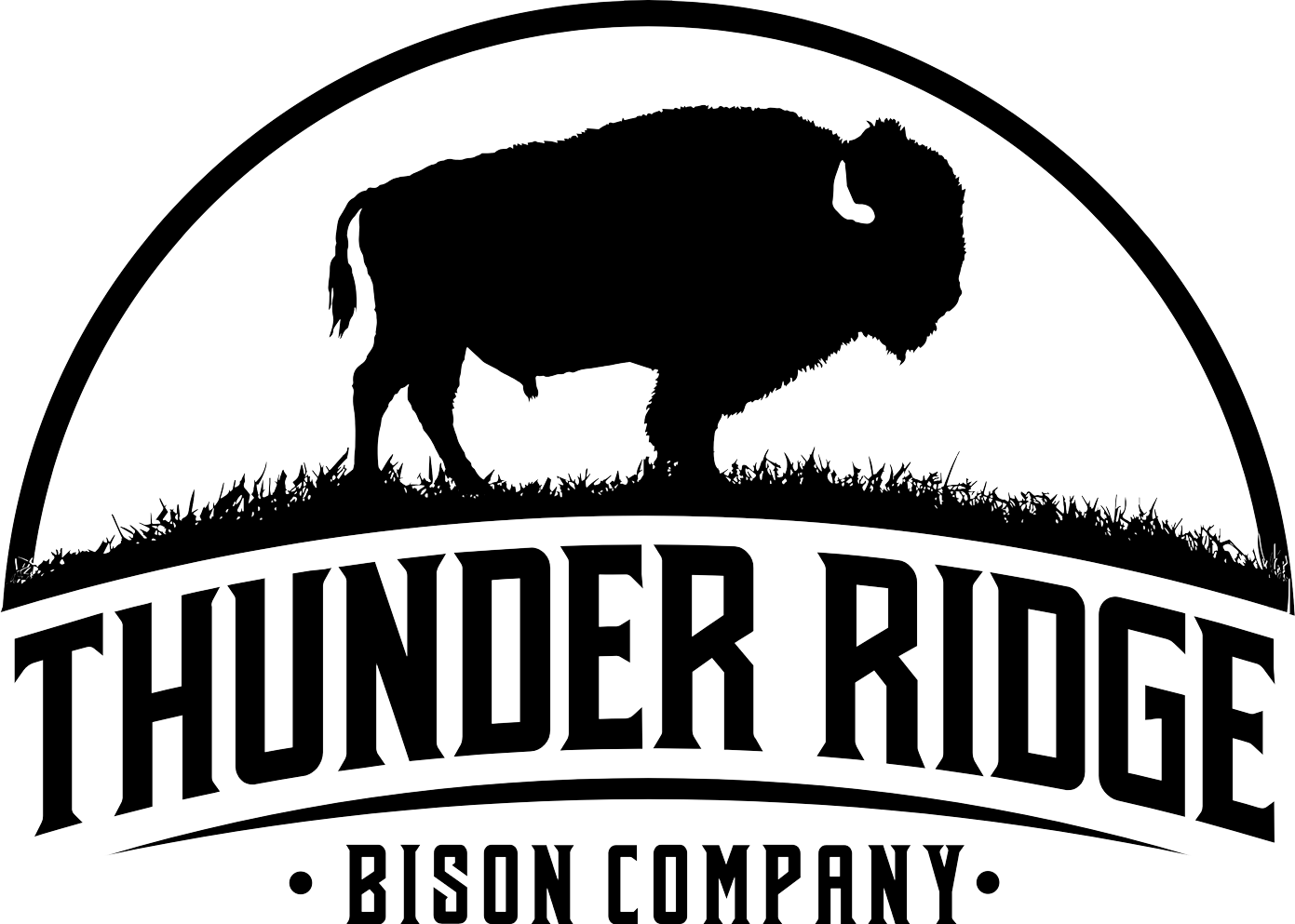A Natural Habitat for Our Bison
Bison Farming in the Oak Ridges Moraine of Ontario
Historically, this herbivorous grazer’s Canadian range extended across the Prairies, preferring open lands and choosing habitat according to the species’ nutritional needs and to avoid predators.
In the early 1800s, an estimated 60 million wild plains bison roamed the continent, but by the turn of the century over-hunting had decreased their numbers to a mere 300. As settlers headed west, close to 90 per cent of Canada’s original grasslands were converted for agriculture or other purposes.
Carved out of the landscape during a glacial recession, the 1900 square kilometre Moraine cuts a swath all the way from the Niagara Escarpment to out past Peterborough in Ontario. The rolling, grassy hills of the Moraine are the perfect stage for Bison to inhabit as they did thousands of years ago.
Protecting The Oak Ridges Moraine
Conservation Efforts
The Oak Ridges Moraine has been a contested region for some time, as several conservation groups and governments work to stave off real estate development that would have the potential to destroy the homes of several at-risk species, including Red Shouldered Hawks, Jefferson Salamanders and even plant-based ecosystems like Tallgrass Prairie. These species, like the North American Plains Bison, need protection. Several large communities around the Moraine also rely on the geological mechanics to provide fresh, clean drinking water.
How We Can Help
Today, several coalitions exist with the goal of conservation in the Oak Ridges Moraine. The most powerful coalition, STORM (Save The Oak Ridges Moraine) has been working since 2000 to ensure the survival of its natural species and the maintenance of the plentiful fresh drinking water nearby communities rely on.

